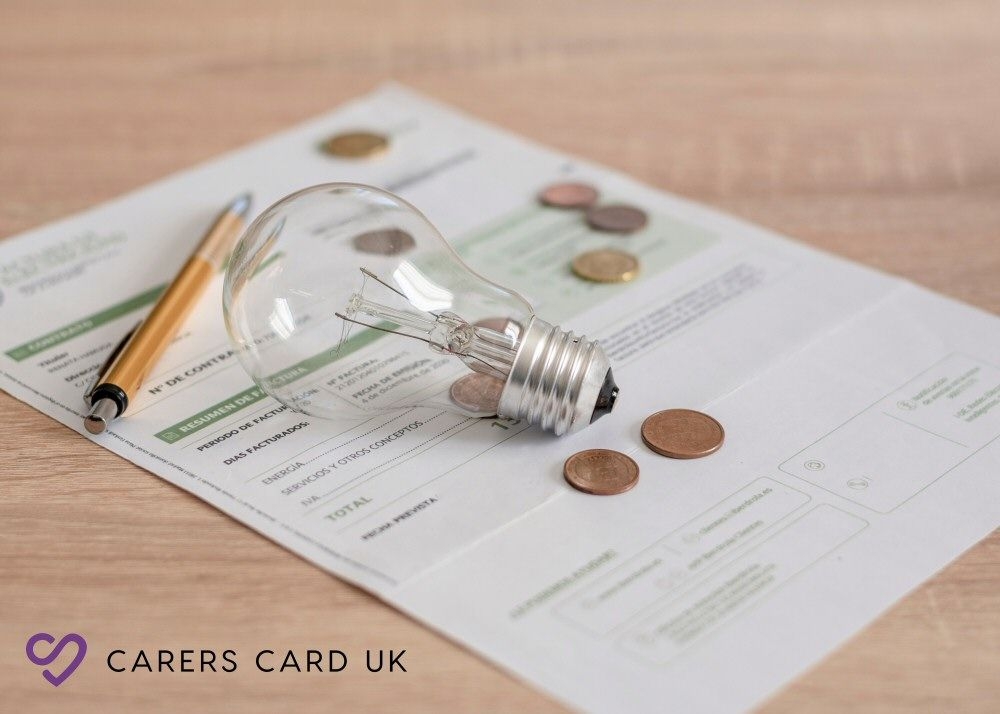1. Why Thermostat Placement Affects Energy Efficiency
Your thermostat works by sensing the temperature in its immediate surroundings and adjusting your heating system accordingly. If it’s placed in an unsuitable location, it can misread the room temperature and cause your heating to turn on or off unnecessarily, leading to wasted energy and higher bills.
How Poor Placement Can Increase Costs:
- Too Close to Heat Sources: If your thermostat is near radiators, fireplaces, or direct sunlight, it may register a higher temperature than the rest of your home and shut off heating too soon.
- Too Close to Drafts or Cold Spots: If placed near doors, windows, or unheated spaces, the thermostat might think your home is colder than it really is, making the heating work harder than necessary.
- Placing it in an Unused Room: If your thermostat is in a little-used area like a hallway, it may not accurately reflect the temperature in rooms where you spend the most time.
Tip: If you frequently adjust your thermostat because some rooms feel too hot or cold, poor placement could be the culprit.
2. The Best Place to Position Your Thermostat
For optimal efficiency, your thermostat should be in a central, frequently used part of the home where it can get an accurate reading of the overall temperature.
Ideal Locations for Your Thermostat:
- A Central Room: The living room or a main hallway often provide the best balance for measuring the average home temperature.
- 1.5m from the Floor: Heat rises, so placing the thermostat at about chest height ensures it reads an average temperature.
- Away from Direct Heat or Cold: Keep it clear of radiators, windows, and kitchen appliances that could affect its readings.
- Near Main Living Spaces: Since these rooms need to be comfortable, placing the thermostat nearby ensures accurate heating adjustments.
Tip: If you can’t move your thermostat, consider using smart thermostats with multiple sensors to get a more accurate reading of your home’s temperature.
3. How to Adjust Heating Habits for More Savings
Once your thermostat is in the right place, adjusting your heating habits can lead to even greater savings.
Energy-Saving Heating Tips:
- Set a Consistent Temperature: Keeping your thermostat at 18–21°C during the day can help maintain warmth without excessive energy use.
- Lower it at Night: Reducing the temperature by just 1–2°C overnight can lower energy costs significantly.
- Use a Timer: Setting your heating to come on when needed, rather than leaving it running, helps reduce unnecessary energy use.
- Take Advantage of Zoned Heating: If you have a programmable or smart thermostat, adjust different areas of your home to different temperatures.
Tip: A smart thermostat can track your heating habits and suggest ways to cut costs without sacrificing comfort.
4. Additional Ways to Cut Heating Bills
Beyond thermostat placement, there are other simple ways to make your home more energy-efficient and reduce heating costs.
Extra Heating Efficiency Tips:
- Bleed Your Radiators: Ensuring radiators are free of trapped air allows them to heat rooms more efficiently.
- Use Draught Excluders: Stopping cold air from coming in through doors and windows helps maintain a steady temperature.
- Keep Curtains Open During the Day: Letting sunlight in naturally warms up your home.
- Close Curtains at Night: Keeping heat in by closing curtains or blinds can reduce heat loss.
- Layer Up: Wearing warmer clothing indoors means you can turn the thermostat down without feeling cold.
Tip: If you’re a carer looking after someone who feels the cold more, using extra blankets or heated throws can help keep them warm without needing to turn up the heating.
Summary and Key Takeaways
- Placing your thermostat in the wrong spot can lead to wasted energy and higher bills.
- For best results, position your thermostat in a central room, away from heat sources and draughts.
- Adjusting your thermostat settings and using a timer can improve energy efficiency.
- Additional savings can be achieved by using draught excluders, closing curtains at night, and layering up to stay warm.
By making small changes to your thermostat placement and heating habits, carers can keep their homes comfortable while cutting down on energy bills. For more cost-saving tips and support, visit CarersCardUK.

